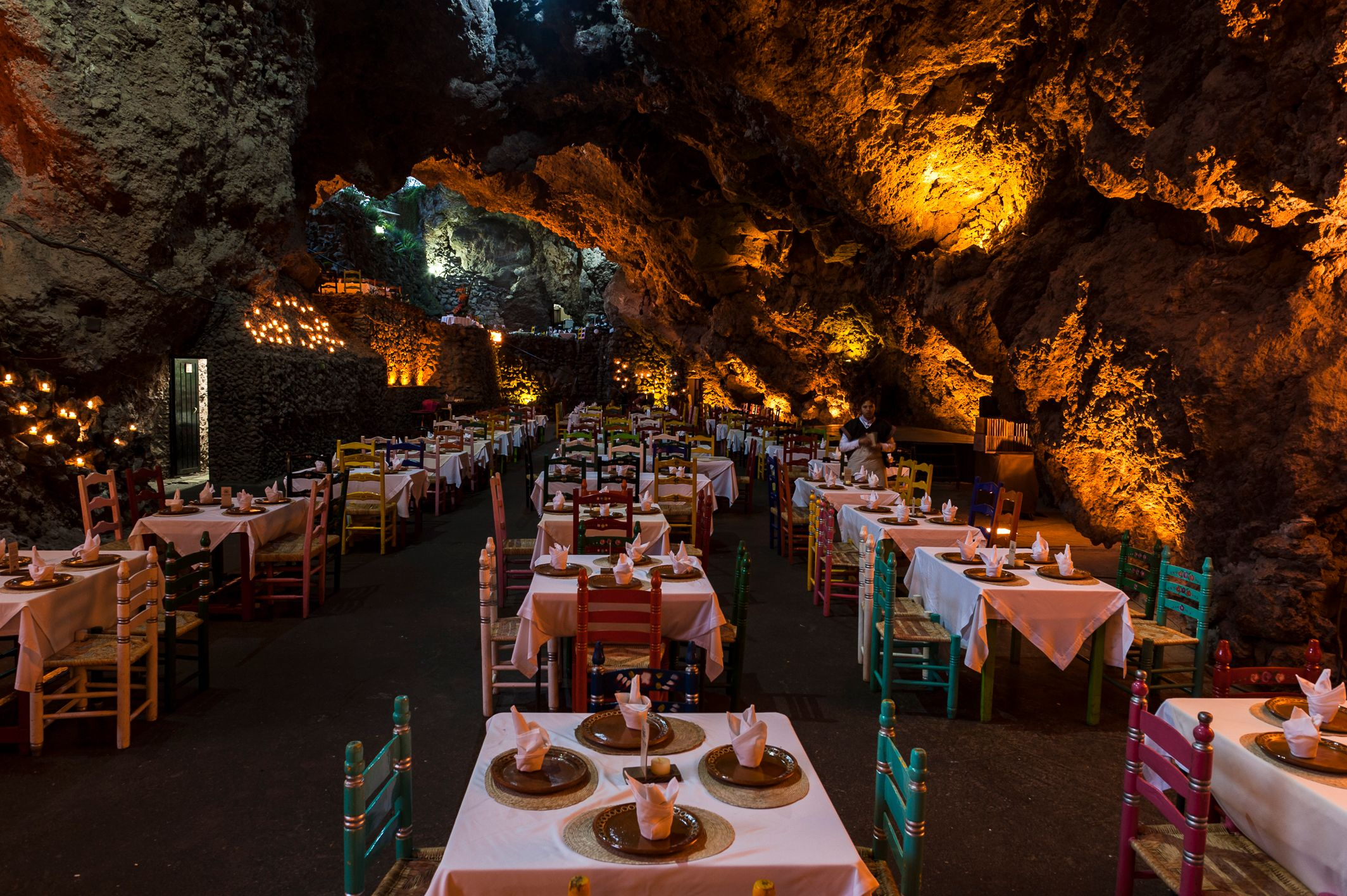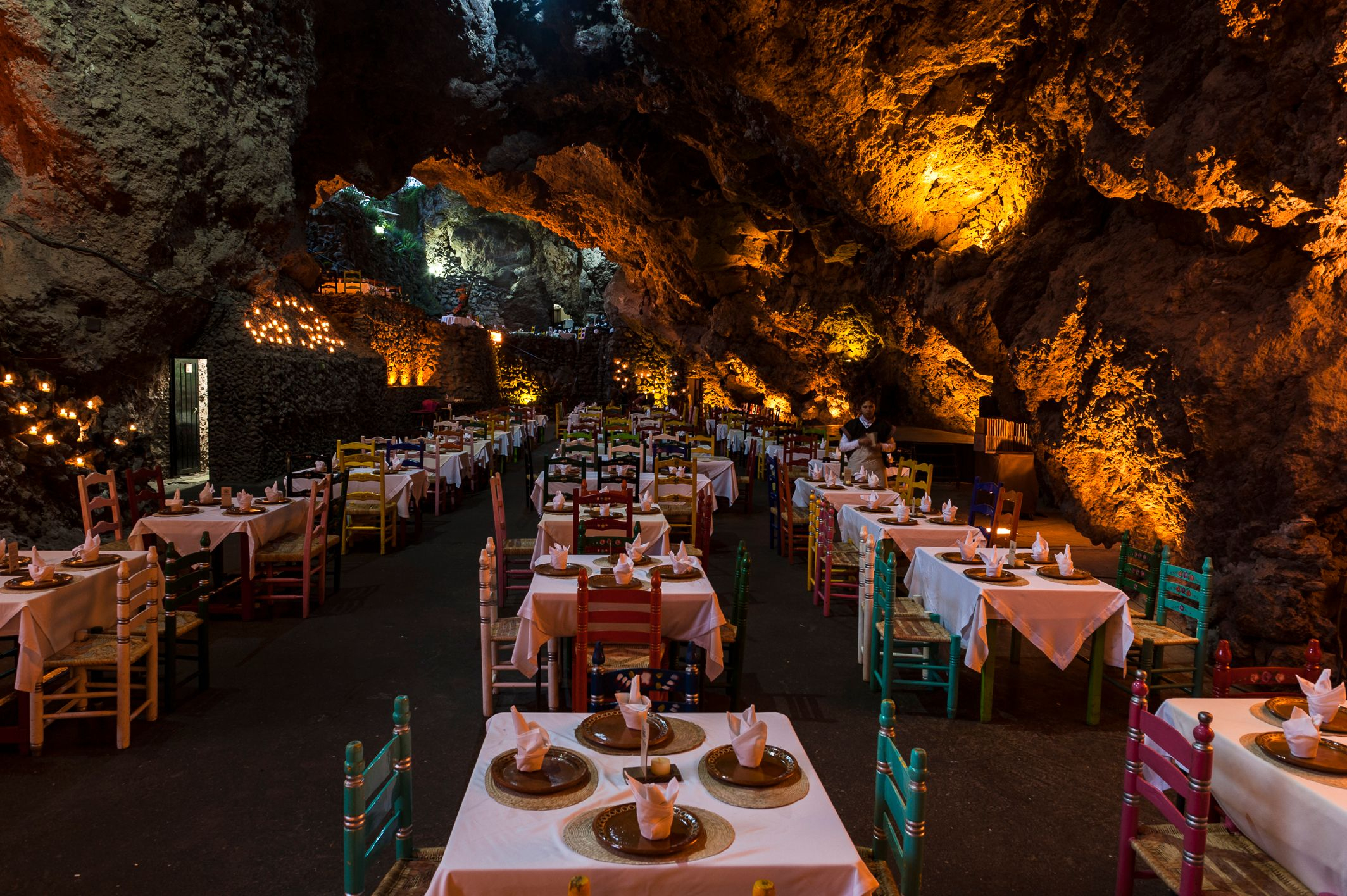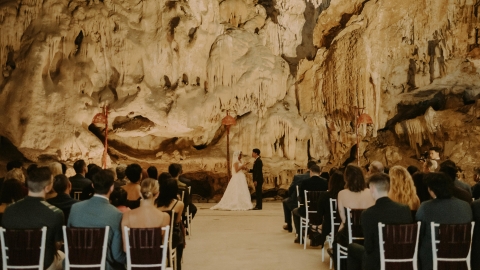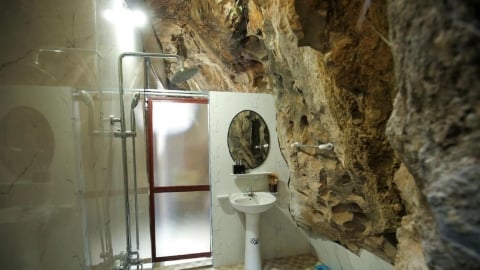Restaurants, concerts and experiences in many countries in the Americas, Europe and Asia have proven the strong attraction of this model to international tourists. With its special features and high applicability, this is a great source of inspiration for the Vietnamese tourism industry.
"Cave Cuisine" - A Unique Concept That Awakens the Senses
“Cave cuisine” is not simply the arrangement of a restaurant in a natural cave environment. It is a combination of culture, nature and art to create a unique and memorable experience. Visitors come not only to eat but also to immerse themselves in the majestic space that nature has given for thousands of years.
La Gruta Restaurant (Mexico): Located near the famous Teotihuacán pyramid, La Gruta serves traditional Mexican cuisine and offers traditional dance performances on special occasions. Culture and history blend together in every moment.


Jeff's Cellar (Malaysia): Originally a luxury wine cellar, Jeff's Cellar has gradually grown to become one of the most unique fine dining restaurants in Southeast Asia. With an average price of 130-160 USD per person, this place attracts mainly high-end tourists thanks to the harmonious combination of space and exquisite culinary flavors.
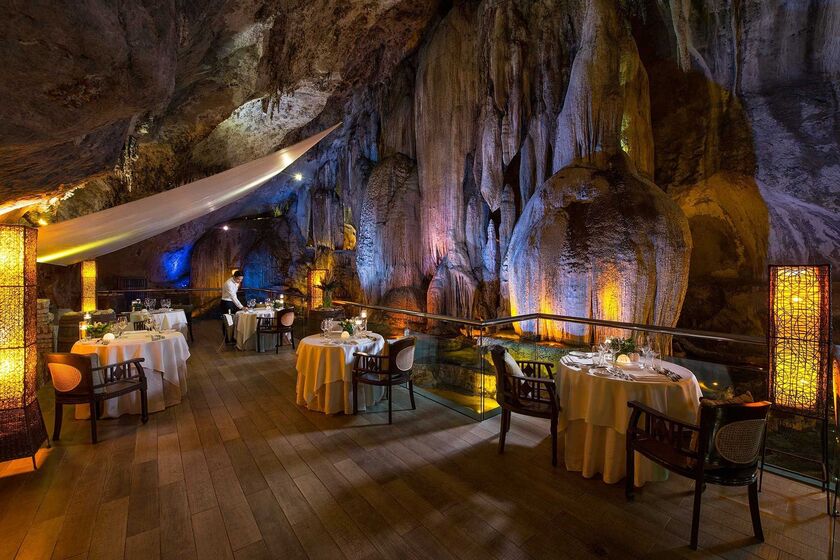

Grotta Palazzese (Italy): With a restaurant space located in a coastal cave with three sides facing the ocean, Grotta Palazzese is always on the "must-visit" list of tourists in Europe. This place is not only a restaurant but also a symbol of the sophisticated and romantic lifestyle of the Mediterranean.
Art and technology blend in natural space
In addition to the culinary experience, many cave venues have improved their spaces to host art shows, concerts and incorporate modern projection technology, creating a journey that awakens all the senses.
The Caverns (USA): Designed to host special concerts, The Caverns can accommodate 850 to 1,200 people, offering a vibrant musical experience within an impressive cave system. Natural acoustics and magical lighting enhance the artistry of each event here.
Cueva de los Verdes (Spain): This is one of the oldest volcanic caves in the world. With a length of more than 6 km and magical effects from natural light, Cueva de los Verdes creates an ideal space for classical music concerts. Every visit here is not only an exploration but also an unexpected artistic performance.

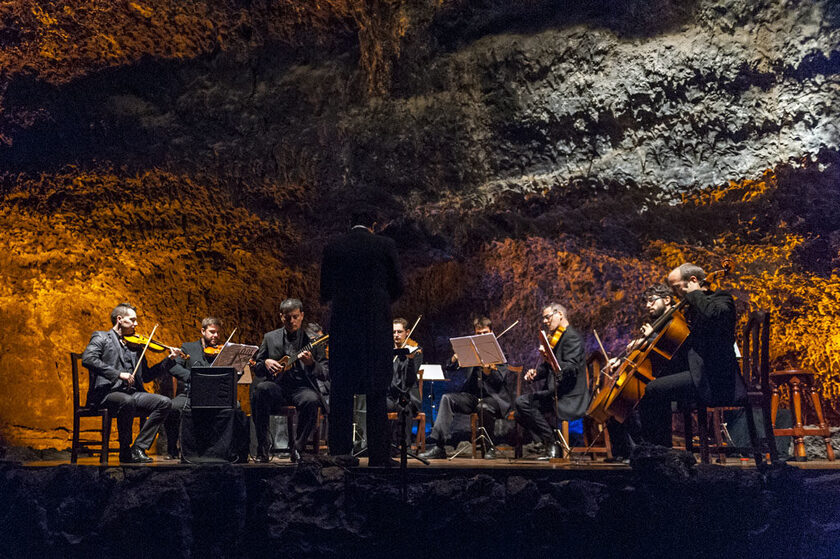

The Cave by Ryan Clift (Bali): More than just food, The Cave offers a visual experience thanks to projection technology throughout the meal. Displaying visual effects simulating nature or Balinese history, this place surpasses the boundaries of a normal restaurant, becoming a journey to explore underground art.

Inspiration for Vietnam tourism
Natural caves are one of the biggest tourism assets of Vietnam, from the Phong Nha - Ke Bang cave system, Son Doong cave, to caves in Quang Ninh or Ninh Binh. However, the exploitation services at these locations are still quite monotonous, focusing mainly on exploration or regular sightseeing activities.
Lessons learned from international models, such as the integration of fine dining, performance art, or modern technology in natural spaces, can be great suggestions for creative projects in Vietnam. Important factors to consider include:
Taking advantage of cultural and historical values:Like the way La Gruta in Mexico combines traditional dance, Vietnam can completely promote and perform folk arts such as Quan Ho and Chau Van in cave spaces to serve tourism.
Investing in projection technology:Learning from Bali's The Cave, Vietnamese tourism businesses can create 3D projection content about the history of cave formation or vivid images of Vietnamese nature, creating strong impressions for tourists.

Targeting the high-end customer segment:Fine dining establishments such as Jeff's Cellar and Grotta Palazzese demonstrate the high demand for luxury tourism models. Vietnam, with its magnificent limestone cave system, is fully capable of developing this model to attract high-spending international customers.
The future of "cave cuisine" in Vietnam
With its outstanding natural resources and diverse cultural traditions, Vietnam has full potential to develop the "cave cuisine" model as a creative highlight for the tourism industry. Combining experiential tourism with art, technology and cuisine will not only increase economic value but also promote the country's image to many international friends.
By leveraging the successes of models within and outside the region, we can completely turn Vietnam's caves into not only tourist destinations but also stages to recreate vibrant cultural and artistic heritage.
A promising future awaits us if we are willing to innovate and create!





